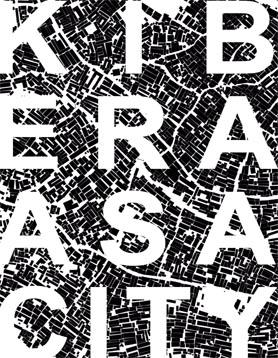Kibera as a City

Students: Andreas Herzog, Jens Jaschek
Location: Group work in Nairobi
Date: December, 2007
Type: Research project, student work, The Identity and Growth of Kibera
Does an informal settlement have an identity? Does it have a history? Informal settlements are usually represented as areas of pure misery without any distinction or character. They are not thought of as containing different neighborhoods, nor preferred or privileged areas. It’s residents are reduced to purely suffering beings, lacking any individuality, identity or culture. A vast and homogenous area of deprivation without any heterogeneity or diversity. Even if maybe intended in a caring (i.e. attention-raising) way, this disregard or difference robs the inhabitants of their individuality and therefore of one of their last assertions of a humane life.
Kibera, with its population of somewhere between 500.000 and 700.000 inhabitants has the size of Frankfurt am Main, or the whole tri-national metropolitan region of MetroBasel. To deny this settlement an identity and the complexity of a city would be negligent, to say the least. Kibera consists of ten official villages, all having their own characteristic, and led by different village-elders. The topography undulates substantially, with two rivers or streams running through the settlement and forming corresponding valleys. The railway line along its northern perimeter, the abandoned dam to its southern edge and the road access on its eastern side further add differentiating parameters to the fabric of a highly complex settlement.
Download the Book PDF

